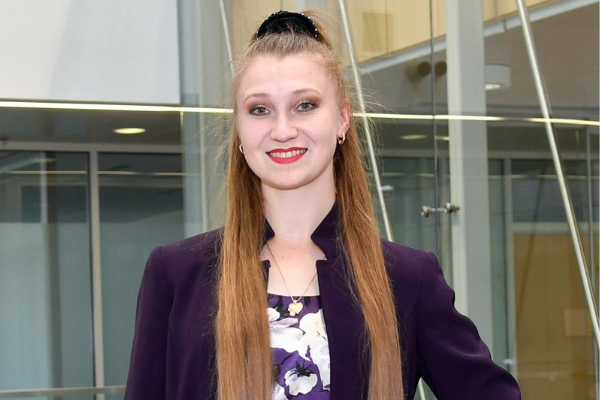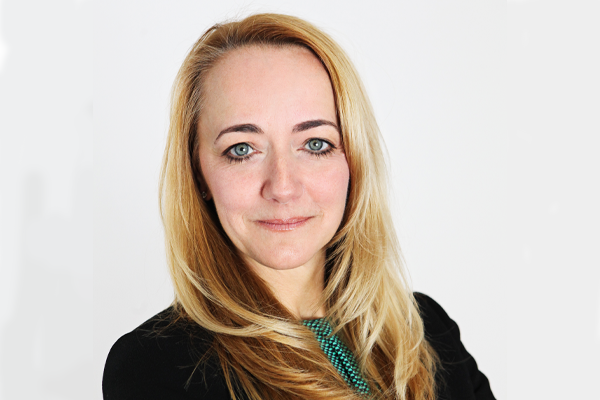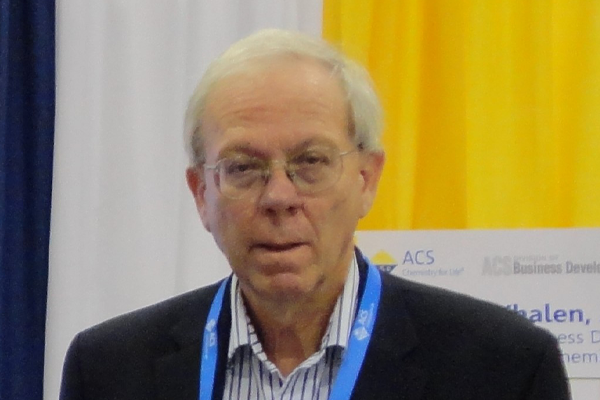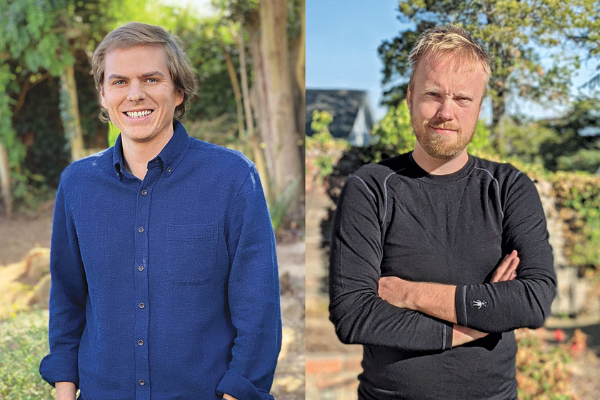
Edward is member of the Scouting & Exploration Network in Dow’s Ventures and Business Development group.
In this role, Edward is responsible for finding and evaluating technologies and opportunities that complement Dow's robust research & development pipeline and have the potential to contribute to the company’s long-term success. Dow seeks innovations that extract value from the intersection of chemical, physical, and biological sciences to help address many of the world’s most challenging problems.
Edward has extensive experience in research management, market development, and business development. He has contributed to advancements in ceramics, displays, organic electronics, optical disks, photovoltaics, and microwave devices.
Edward earned a B.S. in Chemistry with Honors from UNC-Chapel Hill and his PhD in Analytical Chemistry from the University of Wisconsin-Madison. He holds a Certificate of Professional Development from the Wharton Executive Education program. He serves on the advisory boards of the Cornell Center for Materials Research, the New York State Energy Research and Development Authority’s Proof of Concept Centers, and Columbia University’s Lab-to-Market Accelerator Network.
It was nearly a decade working in an analytical lab at Rohm & Haas before Ed Greer had the notion to step out from behind the bench and try his hand at the commercial side of chemistry. What he didn’t know then was that this move would be an inflection point in his career.
Greer joined a team focused on the pursuit of new markets, specifically ceramic additives, and his first opportunity came with a business trip to Japan. In two weeks of countless customer meetings, Greer would come to understand that technology is just one part of the equation when it comes to developing the right solution for a customer.
“It was just eye-opening,” Greer beamed, “here I had spent all this time getting trained and getting my PhD. I spent almost ten years in R&D and I never understood I was only seeing a fraction of the picture.”
That’s Greer’s first piece of advice to industry chemists—even if you want to stay in the lab, it’s important to expose yourself to the business side of chemistry so you fully understand a customer’s needs and can deliver the right solution. It will inform what you’re working on, why, and when to work on something else.
In 2009, The Dow Chemical Company bought Rohm & Haas. And luckily for Greer, Dow was already active in venture capital, so Greer quickly found a spot on the Ventures team and split his time between technology scouting and his business development role. He transitioned to technology scouting full-time in 2010 and has maintained that role ever since.
Greer largely attributes his ability to do his job well to two factors—he’s worked in a multitude of different industries gaining a broad knowledge of applications and customer needs, and he is supported by a world-leading company, Dow, that provides a wealth of additional resources, mainly other experts, so he can consult someone else when he’s not familiar with a particular market or technology.
“Certainly I can’t be the world’s expert in everything,” Greer said. “Somebody’s going to walk in the door and say, ‘I’ve got this great catalyst,’ and I’ll say, ‘Well, I guess it looks good to me, but I’m not an expert in catalysts. Fortunately, there’s somebody I can call who is.”
This is why Greer has been intentional to build a network of knowledgeable experts inside Dow, and he has also focused on filling an external Rolodex of partner groups outside of Dow to whom he can go with questions.
According to an article from CB Insights, Greer says that the number-one cause of failure in startups is a lack of product-to-market fit. Given the choice, Greer says he would prefer to start with a market need than a technology.
“If you’re starting with a defined market need it’s because there is somebody who has told you that they will pay you for a solution,” Greer said.
Beyond lack of product-to-market fit, Greer also points out that many times startups don’t know how they will scale up or what the economics will look like when they do; how to make their product when they have to make a world’s supply of it; and whether they will be able to make a profit at the price the consumer is willing to pay.
This is why, Greer advises, when things aren’t working out don’t be afraid to pivot or stop a developing program. Greer himself has had this experience having to stop a developing project in the electronics space. Of course he was disappointed, but reassured when Hewlett-Packard killed their similar project six months later.
Lastly, Greer briefly explained the difference between corporate venture and institutional capital groups for startups looking for funding. Institutional capital groups are looking for a financially attractive exit. In five to seven years, these groups expect that your company will sell for exponentially more than what they paid to fund it.
Corporate venture capital (CVC) groups on the other hand are looking for a business that will be more successful in the long-term because they have a strategic rationale for why they want the business to exist.
In his role in Ventures, Greer develops a “hypothesis of mutual value” when he looks for early-stage companies Dow can partner with or invest in. He connects them to the right groups within Dow so they can have a conversation about how they can work together, how do this company and Dow mutually benefit.
Greer said that given the market changes over the past decade, it’s currently easier for businesses in the chemical market to get money from CVCs than institutional groups.
In his free time, Greer focuses on continuing to expand his knowledge by taking short online courses on various topics while at the gym. Right now, he’s brushing up on his electronics knowledge and moving soon to the geology of U.S. national parks.
“The course videos are the right amount of time - about 35 minutes -which works perfectly as that’s about as long as I’m willing to tolerate on the elliptical machine.”
This article has been edited for length and clarity. The opinions expressed in this article are the author's own and do not necessarily reflect the view of their employer or the American Chemical Society.
Copyright 2020 American Chemical Society (All Rights Reserved)










